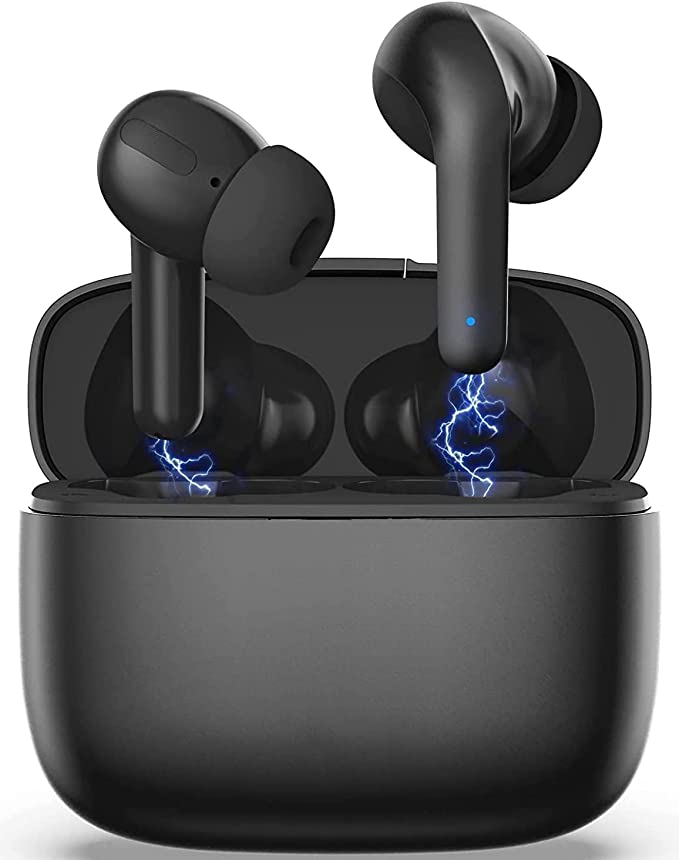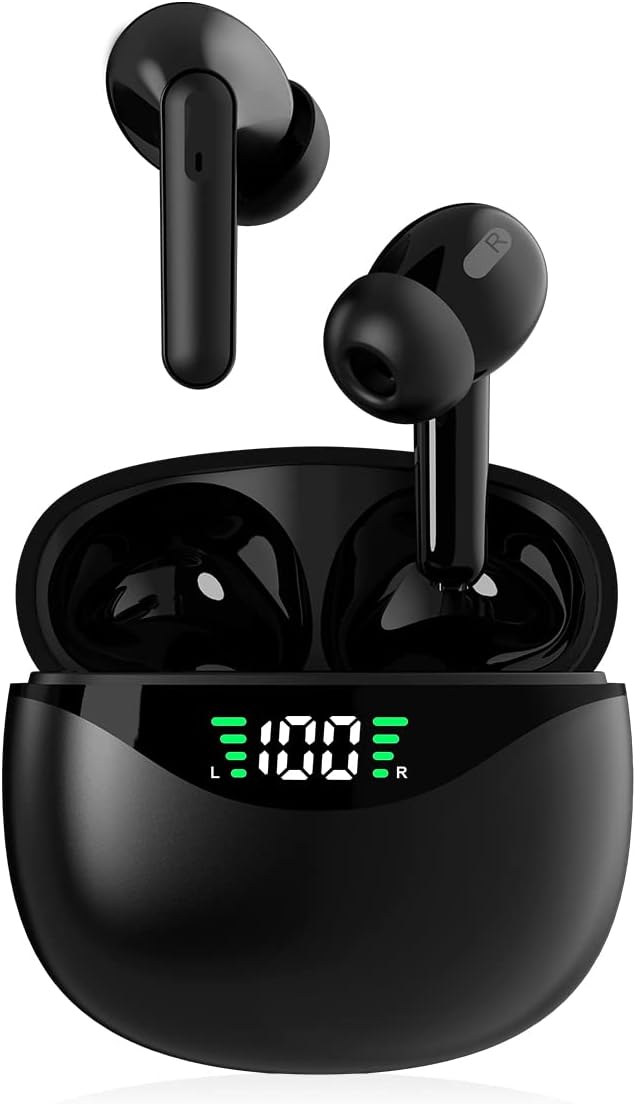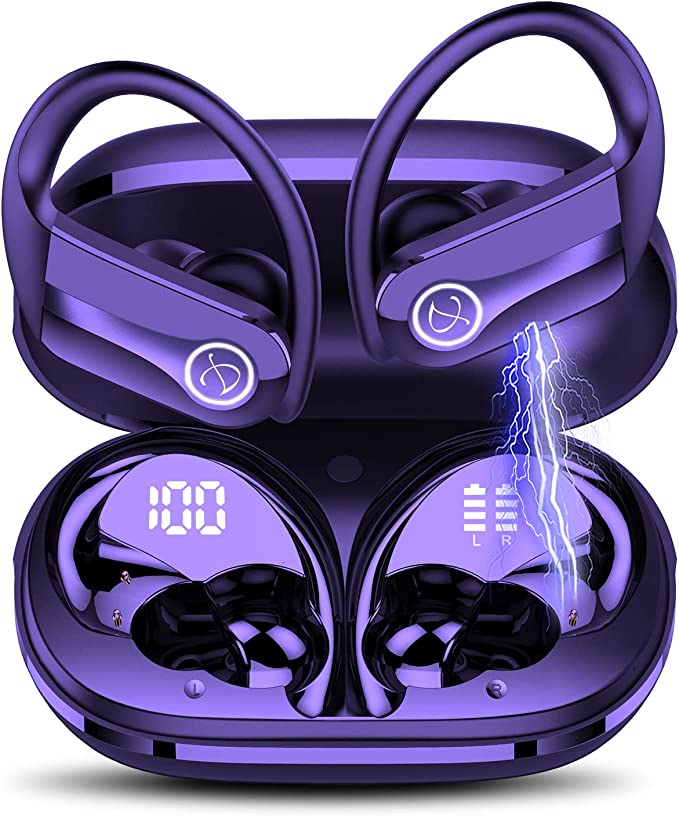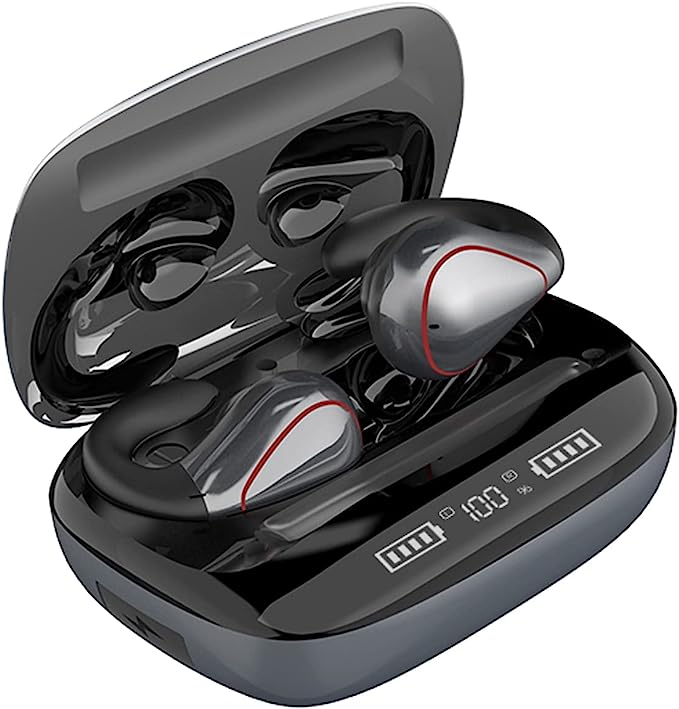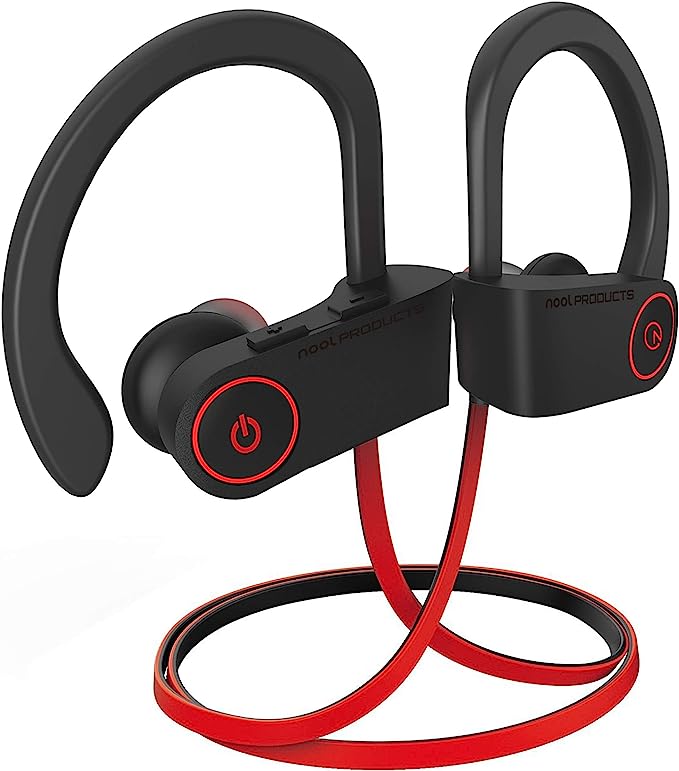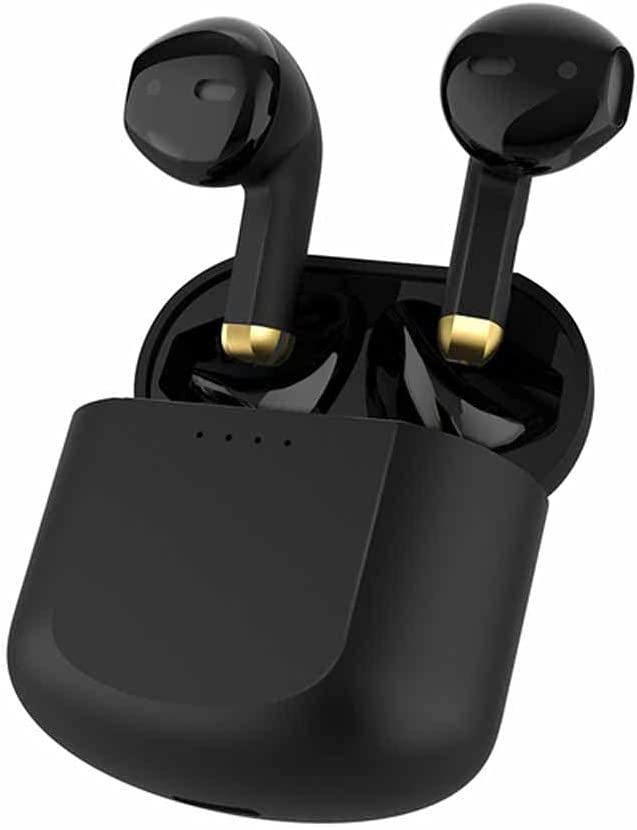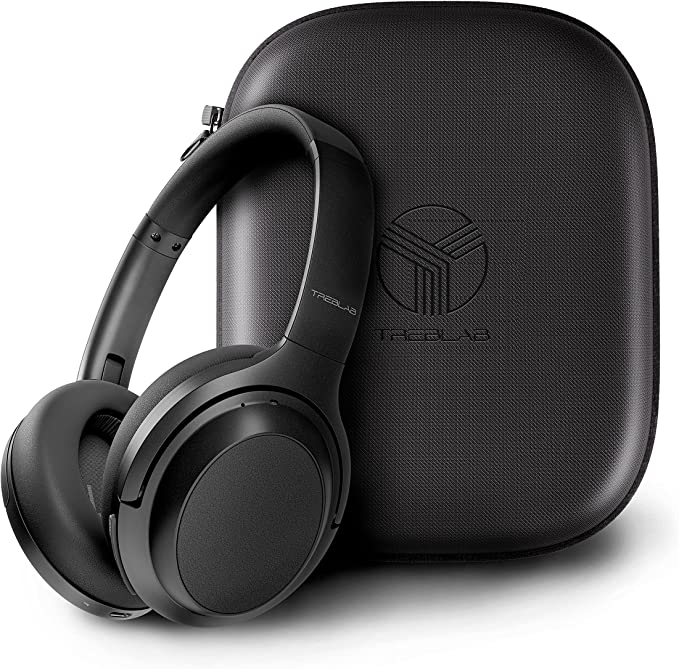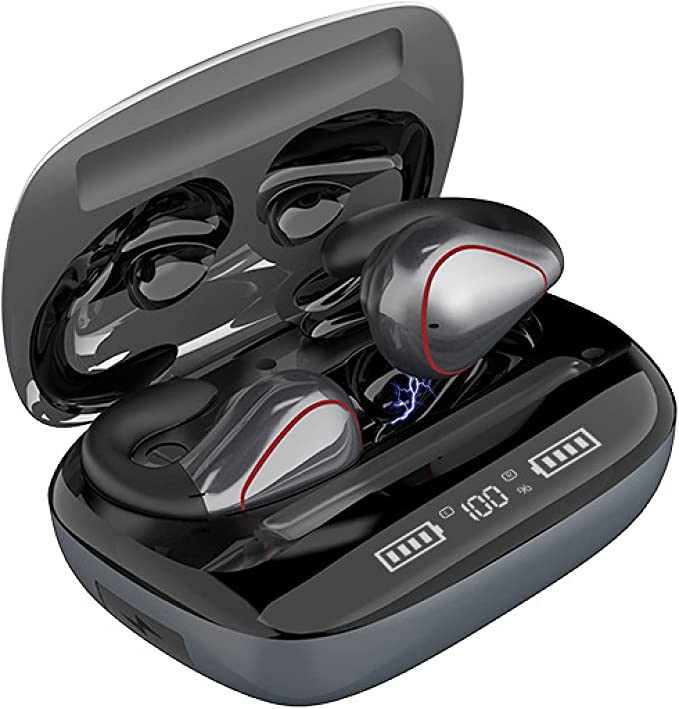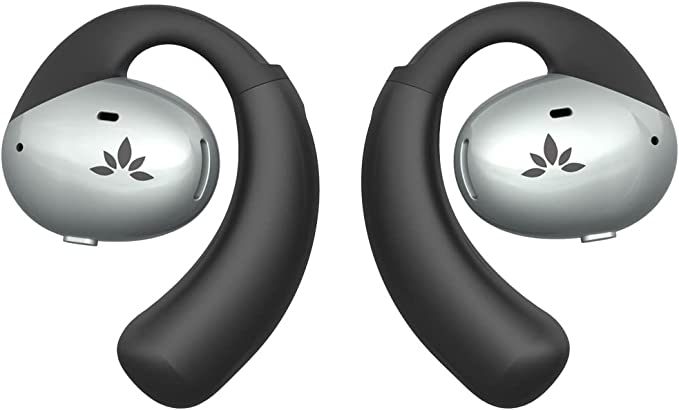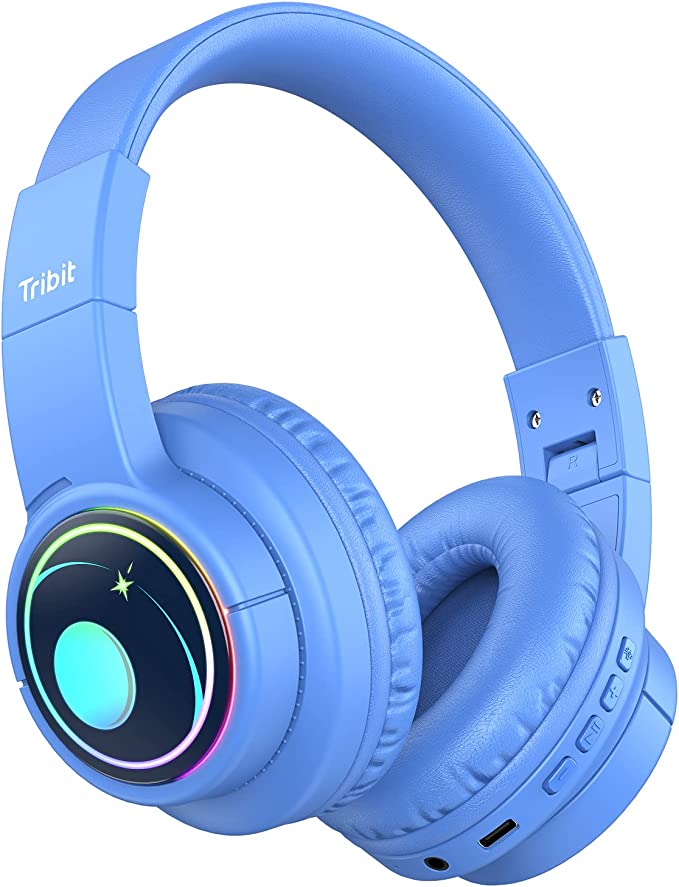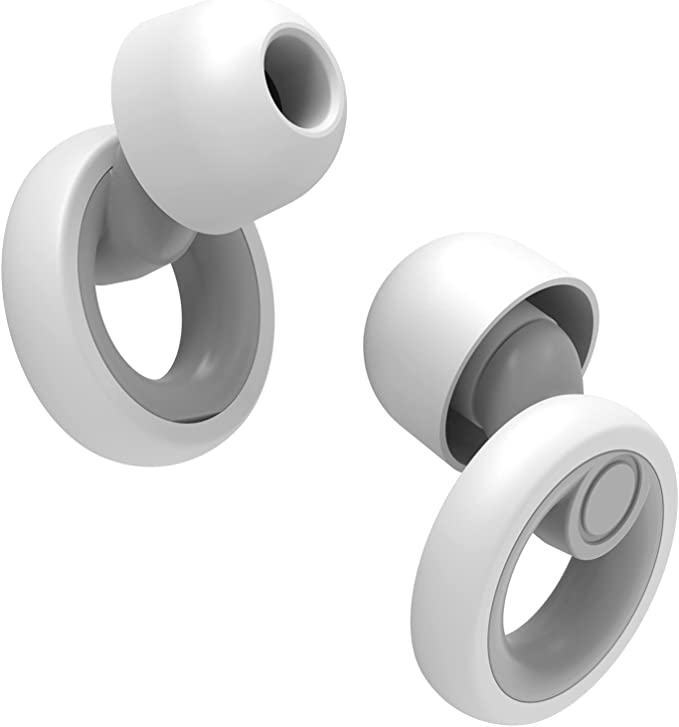LEFXMOPHY Silicone Case for Bose QuietComfort Earbuds II/Ultra: Ultimate Protection
Update on May 28, 2025, 4:43 p.m.
It’s a scenario that plays out with gut-wrenching familiarity for many: that split-second fumble, the stomach-lurching descent, and the sharp crack or sickening thud as your prized Bose QuietComfort Earbuds, a vessel of immersive sound and a significant investment, meet the unforgiving reality of a hard surface. In that moment, the intricate engineering designed to deliver sublime audio seems tragically vulnerable. But what if a seemingly simple shield, a whisper-thin layer of material, could stand as a stalwart guardian between your sonic sanctuary and the relentless laws of physics?
Enter the LEFXMOPHY Silicone Case, a popular choice for Bose QuietComfort Earbuds II and QuietComfort Ultra users, as evidenced by its strong 4.3-star rating from over 700 reviews and consistent sales on platforms like Amazon. While its array of colors, including the practical Black and the ingeniously findable Glow Green or Glow Blue, offers aesthetic appeal, its true merit lies not just in its appearance, but in the profound material science embedded within its star ingredient: silicone. This isn’t just a cover; it’s an accessible marvel of molecular engineering, and understanding its secrets can transform how we see everyday protection. So, what precisely makes humble silicone such an adept and trustworthy guardian for your high-fidelity audio companions?

Journey to the Center of Silicone: A Molecular Safari
To truly appreciate the protective prowess of the LEFXMOPHY case, we must embark on a brief journey into the fascinating, microscopic world of its primary constituent.
A. From Sand Grains to Supper Chains: The Genesis of a Wonder Material
Believe it or not, the story of silicone begins with one of Earth’s most abundant materials: sand. Sand is primarily silicon dioxide (SiO₂). Through sophisticated chemical processes, this silicon is extracted and transformed into the building blocks of silicone polymers. While the English chemist Frederic Kipping, in the early 20th century, extensively researched organosilicon compounds and coined the term “silicone” (initially thinking they were analogous to ketones, a slight misnomer he later acknowledged), it was during the mid-20th century that silicone polymers as we know them truly came into their own, driven by needs for stable, versatile materials. The result is a family of synthetic polymers that are true chameleons of the material world.
B. The Molecular Ballet: Unpacking Polysiloxane’s Unparalleled Flexibility
At the heart of silicone’s magic is its unique molecular backbone: the polysiloxane chain. Picture a long, repeating sequence of alternating silicon (Si) and oxygen (O) atoms (…-Si-O-Si-O-…). Unlike the rigid carbon-carbon bonds that form the spine of many plastics, the silicon-oxygen bond is exceptionally flexible. It possesses a high degree of rotational freedom, almost like a chain comprised of microscopic universal joints or highly nimble acrobats. This allows these long polysiloxane chains to bend, coil, uncoil, and slide past one another with remarkable ease, without the chain itself breaking.
Imagine thousands of these molecular acrobats linked together. When an external force is applied, they don’t rigidly resist; instead, they can contort and rearrange, absorbing the stress through their collective movement. This inherent, almost fluid-like mobility at the molecular level is what translates into the macroscopic softness, elasticity, and rubbery feel that we associate with silicone. It’s a beautifully choreographed molecular ballet that gives silicone its signature resilience.
C. The Art of the Soft Catch: How Silicone Defies Impact’s Brutality
Now, how does this molecular flexibility translate into the ability to protect your Bose earbuds from a sudden, jarring impact? This is where silicone truly shines, acting as a master of energy dissipation. When your LEFXMOPHY-encased earbuds hit the ground, the silicone doesn’t just offer a passive cushion; it actively works to diffuse the destructive energy of the impact.
The science at play here is linked to a property called viscoelasticity. Silicones, particularly silicone rubbers, exhibit both viscous (fluid-like, energy-dissipating) and elastic (solid-like, springy) characteristics. Upon impact, several things happen almost instantaneously:
- Deformation and Time Extension: The flexible silicone deforms, or squishes, upon impact. This act of deformation extends the duration of the impact – the time it takes for your earbuds to decelerate from their falling speed to zero. According to basic physics (Force = Change in Momentum / Time), by increasing the time over which the momentum changes, the peak force experienced by the earbuds is significantly reduced. Think of a stunt performer landing on a giant airbag versus concrete; the airbag extends the impact time, making the landing survivable. Your silicone case is that miniature airbag.
- Energy Absorption and Dissipation: As the silicone’s molecular chains are forced to move, stretch, and slide against each other, some of the kinetic energy from the fall is converted into other forms, primarily a minuscule amount of heat, through internal friction within the material. It’s like a microscopic mosh pit where the impact energy is chaotically dispersed among countless molecular interactions, rather than being transferred directly to your precious earbuds. The material acts like a network of countless tiny shock absorbers, each playing its part in dampening the blow.
D. Silicone vs. The Contenders: A Tale of Different Material Personalities
To fully appreciate silicone’s capabilities, it’s helpful to compare it to other materials commonly used in protective gear:
- Polycarbonate (PC): This is a hard, rigid plastic. While offering good scratch resistance, its rigidity is also its downfall in high-impact scenarios. Like a pane of glass, it can resist force up to a point, but then it shatters or cracks, offering little in the way of shock absorption. The impact energy is often transferred more directly to the device within.
- Thermoplastic Polyurethane (TPU): TPU is a step up in flexibility and impact resistance compared to PC. It’s a good all-rounder and can absorb a fair amount of shock. However, it generally doesn’t possess the same degree of molecular chain freedom or the broad temperature stability of silicone. Some TPU formulations can also become brittle over time or yellow with prolonged UV exposure.
Silicone, with its unique Si-O backbone, strikes an exceptional balance. It offers the “give” needed to absorb shocks effectively, the resilience to return to its shape, and the chemical stability to endure daily use, making it a champion in the realm of protective materials for delicate electronics.

LEFXMOPHY in Action: Where Science Meets Everyday Scenarios
The LEFXMOPHY case is a tangible application of these fascinating silicone properties, designed to translate molecular magic into real-world protection for your Bose QuietComfort Earbuds II or Ultra.
A. The Second Skin: The Science of a Flawless Fit
A protective case is only as good as its fit, and here, the manufacturing process and material choice are key. The LEFXMOPHY case, likely made using high-quality Liquid Silicone Rubber (LSR), benefits from LSR’s excellent flow properties during manufacturing. LSR can be precision injection molded into intricate shapes with very tight tolerances.
What’s happening at a micro-level? LSR, before curing, is a low-viscosity fluid that can perfectly fill every nook and cranny of a complex mold designed with CAD (Computer-Aided Design) to mirror the exact dimensions of the Bose earbuds case. Once cured (often through heat), it forms a solid, elastic material that retains this precise shape.
The User Benefit & Scene: This results in the “precise cutting” and “easy installation” touted in the product description. Imagine slipping your Bose case into the LEFXMOPHY sleeve; there are no awkward gaps, no loose corners. It fits snugly, like a second skin, ensuring that all vulnerable surfaces are covered without adding unnecessary bulk or hindering access to the charging port (which is often covered by an integrated dust flap, a common and thoughtful design feature in such cases). Whether you’re on a morning jog, navigating a crowded train, or simply tossing your earbuds into a bag, this flawless fit ensures comprehensive protection, preventing the original case from shifting within its protective shell. User reviews frequently praise this secure, “snug fit,” which is critical for effective shock absorption.
B. The Impact Whisperer: Decrypting Drop Protection, Blow by Blow
This is where silicone’s inherent impact-absorbing capabilities, as discussed earlier, become paramount. The LEFXMOPHY case isn’t just a barrier; it’s an active shock diffuser.
What’s happening upon impact? When your LEFXMOPHY-encased earbuds accidentally tumble from your desk or slip from your grasp, the silicone material immediately goes to work. The impact force causes the polysiloxane chains to deform, stretch, and slide. This internal molecular motion absorbs a significant portion of the kinetic energy, effectively “softening” the blow. The extended impact duration drastically reduces the peak G-force that your earbuds experience.
The User Benefit & Scene: That heart-stopping moment of an accidental drop is transformed. Instead of a catastrophic crack or internal damage, your earbuds are often perfectly fine. Users often report how their silicone case, like the LEFXMOPHY, has saved their earbuds from multiple drops onto various hard surfaces – a testament to the material’s protective qualities. The product description promise to “protect your earbuds from slipping, cracking, scratching” is rooted in this fundamental science.
C. The Chameleon’s Resilience: Durability, Grip, and Effortless Upkeep
Beyond acute impacts, daily usability and longevity are crucial. Silicone excels here too, thanks to its chemical stability and surface properties.
What contributes to its resilience? The silicon-oxygen bonds in polysiloxanes are very strong and stable, making silicone inherently resistant to degradation from many common environmental factors. It’s largely unreactive to water, many household chemicals, and skin oils. Furthermore, its molecular structure gives it a certain “memory,” allowing it to return to its original shape even after repeated stretching or compression. The surface of cured silicone often has a pleasant, slightly matte texture that enhances grip.
The User Benefit & Scene: The LEFXMOPHY case, being “washable,” is easy to clean from daily grime, dust, or even minor spills, keeping it looking fresh. Its inherent durability (rated 3.8 out of 5 by users for this product) means it won’t easily tear or degrade with normal use. The “soft and lightweight rubber protector” not only feels good in the hand but also provides a more secure grip than the often-slick plastic of the original Bose case, reducing the likelihood of drops in the first place. This combination of being easy to maintain, long-lasting, and pleasant to handle significantly enhances the user experience.
D. The Midnight Navigator: The Gentle Science of Luminescence (for Glow Variants)
For those who opt for the “Glow Blue,” “Glow Green,” or “Glow Pink” LEFXMOPHY case variants, an additional layer of fascinating science comes into play: phosphorescence.
How does it glow? These cases have phosphorescent materials – typically safe, inorganic compounds like strontium aluminate doped with rare-earth elements such as europium and dysprosium – embedded within the silicone matrix. These materials have the unique ability to absorb ambient light energy (from sunlight or artificial lights) and then slowly re-emit this energy as visible light over an extended period. The electrons in the phosphorescent material get excited by the incoming light and jump to a higher energy state. Instead of immediately falling back down (like in fluorescence), they get temporarily “trapped” and then gradually release their energy as photons of light.
The User Benefit & Scene: This is an incredibly practical feature. As one user review highlighted for a similar glow-in-the-dark case, “it does definitely light up so you can find it when you misplace it somewhere in the house in your suitcase or your purse.” Imagine fumbling in a dimly lit backpack, searching a cluttered nightstand in the pre-dawn hours, or trying to locate your earbuds in a tent during a camping trip. The gentle glow of the LEFXMOPHY case acts like a friendly beacon, guiding you directly to your earbuds, saving time and preventing those minor daily frustrations. This feature, while simple, is a thoughtful application of material science to solve a common user pain point.

The Silicone Symphony: A Material That Shapes Our Modern World
The silicone that shields your Bose earbuds is part of a much grander orchestra of materials that silently and effectively shape our modern lives. Since its commercial popularization in the mid-20th century, partly spurred by companies like Dow Corning (a joint venture between Dow Chemical and Corning Glass Works), silicone’s versatility has seen it adopted across an astonishing spectrum of applications.
You’ll find it in the high-performance seals and gaskets that withstand extreme temperatures in aerospace vehicles; in life-saving medical implants and tubing, prized for its biocompatibility; in flexible, non-stick bakeware that revolutionizes kitchens; and even as a smoothing agent in cosmetics and hair care products. Its unique combination of flexibility, stability, temperature resistance, and (often) inertness makes it a true problem-solver for engineers and designers. Each time you appreciate the LEFXMOPHY case, you’re experiencing a tiny piece of this vast and impactful material legacy.

The Guardian’s Promise: More Than Just Material, It’s Peace of Mind
Understanding the intricate molecular dance and the clever physics at play within the LEFXMOPHY silicone case does more than just satisfy curiosity. It transforms a simple accessory into an appreciated piece of applied science. It’s a testament to how human ingenuity can harness the fundamental properties of matter to create elegant solutions for everyday challenges.
The LEFXMOPHY case, by leveraging the inherent strengths of silicone – its exceptional flexibility, its remarkable ability to absorb and dissipate impact energy, its resilience against the wear and tear of daily life, and even its capacity to glow invitingly in the dark – offers far more than just a cosmetic flourish. It provides a tangible sense of security, a quiet reassurance that your cherished audio investment is well-protected by a material born of scientific insight and engineered for the realities of your world. It’s the unsung guardian, working at a molecular level, to keep your sounds safe and your mind at ease.
